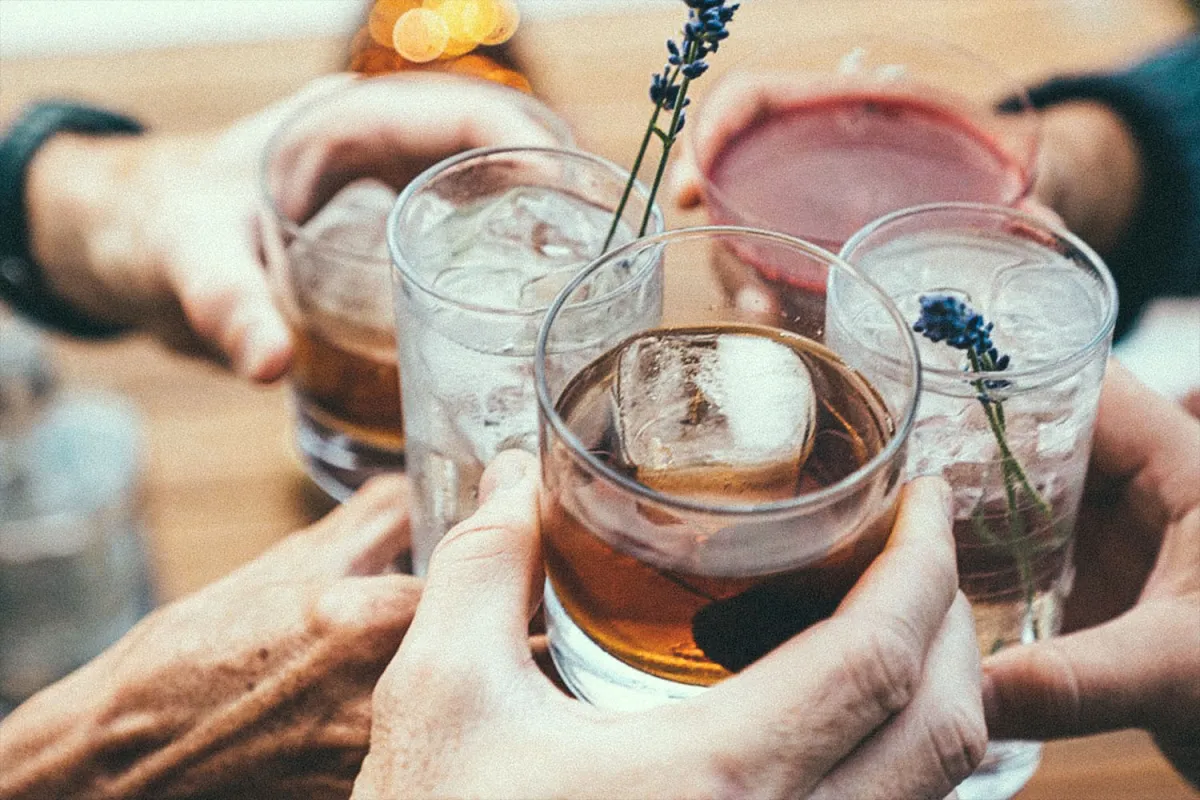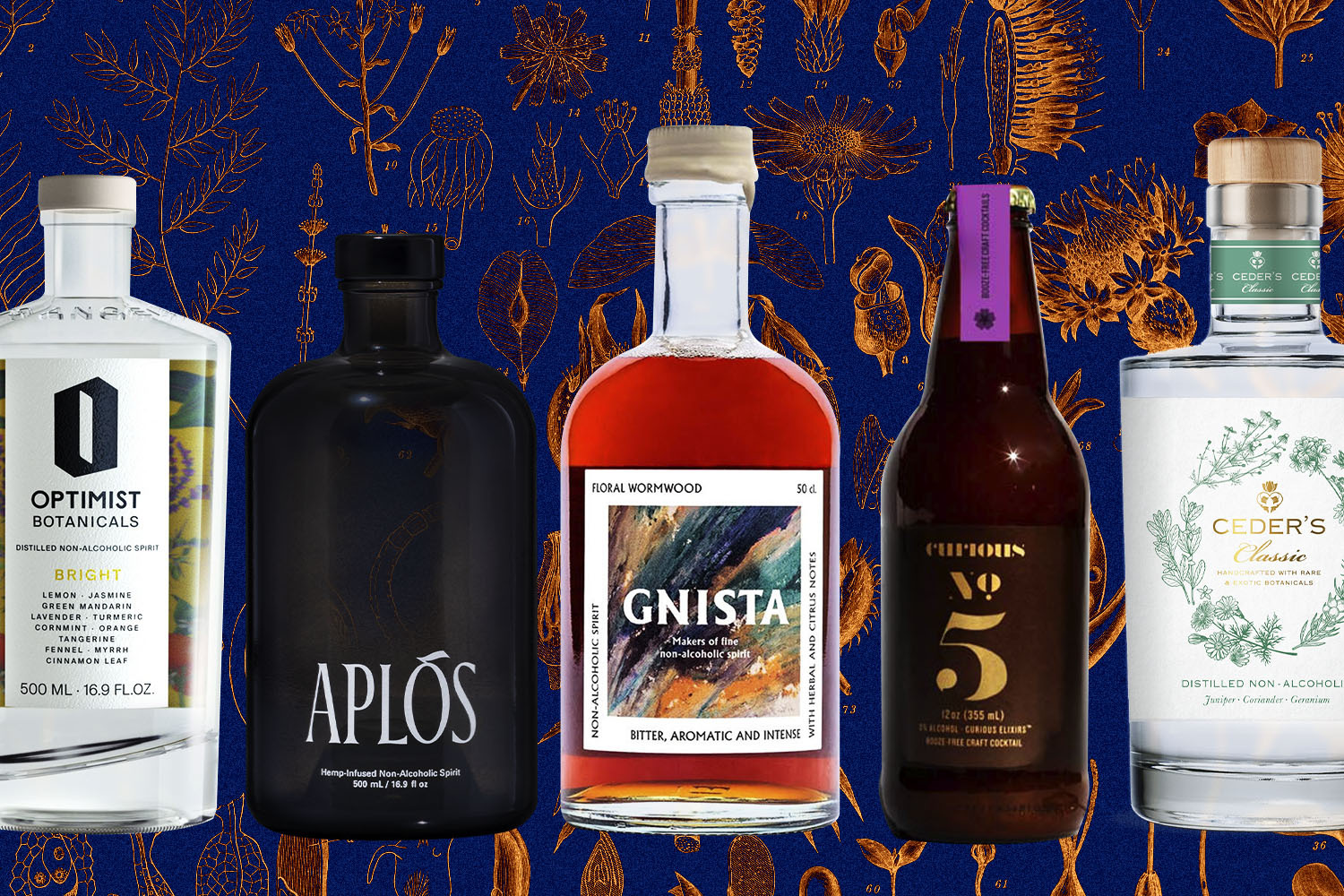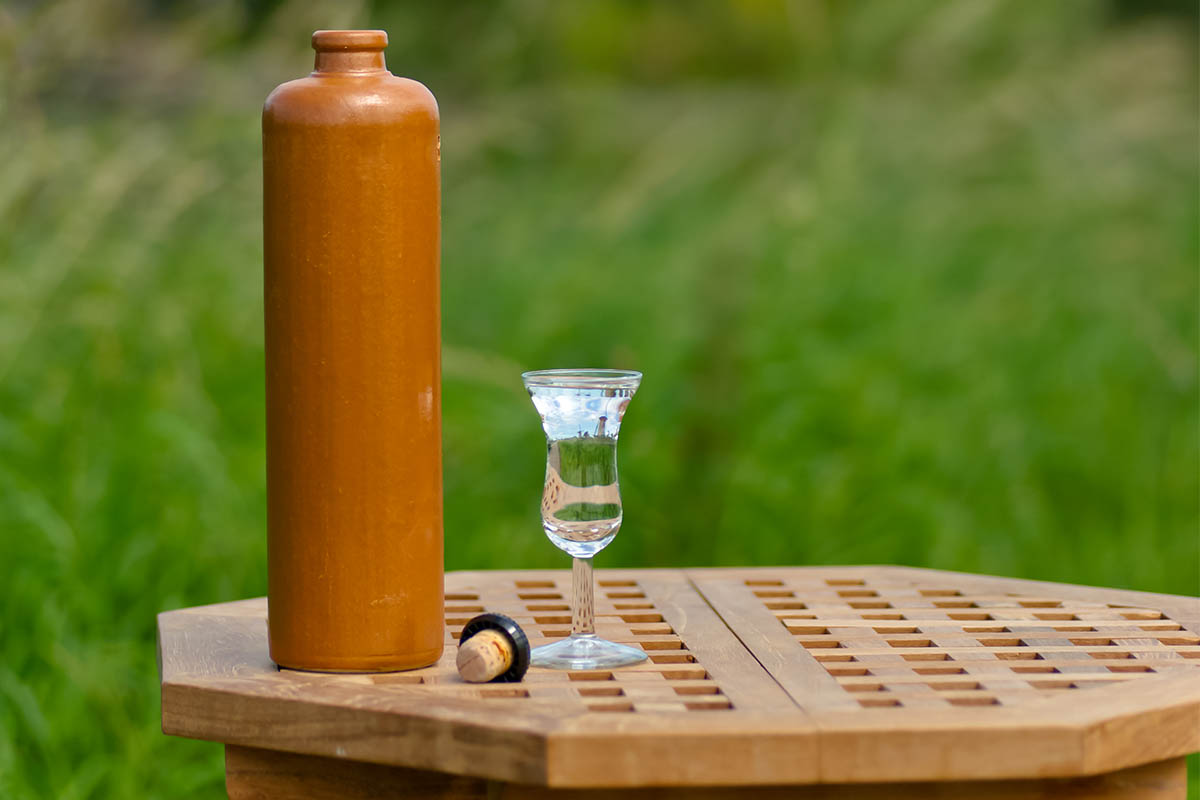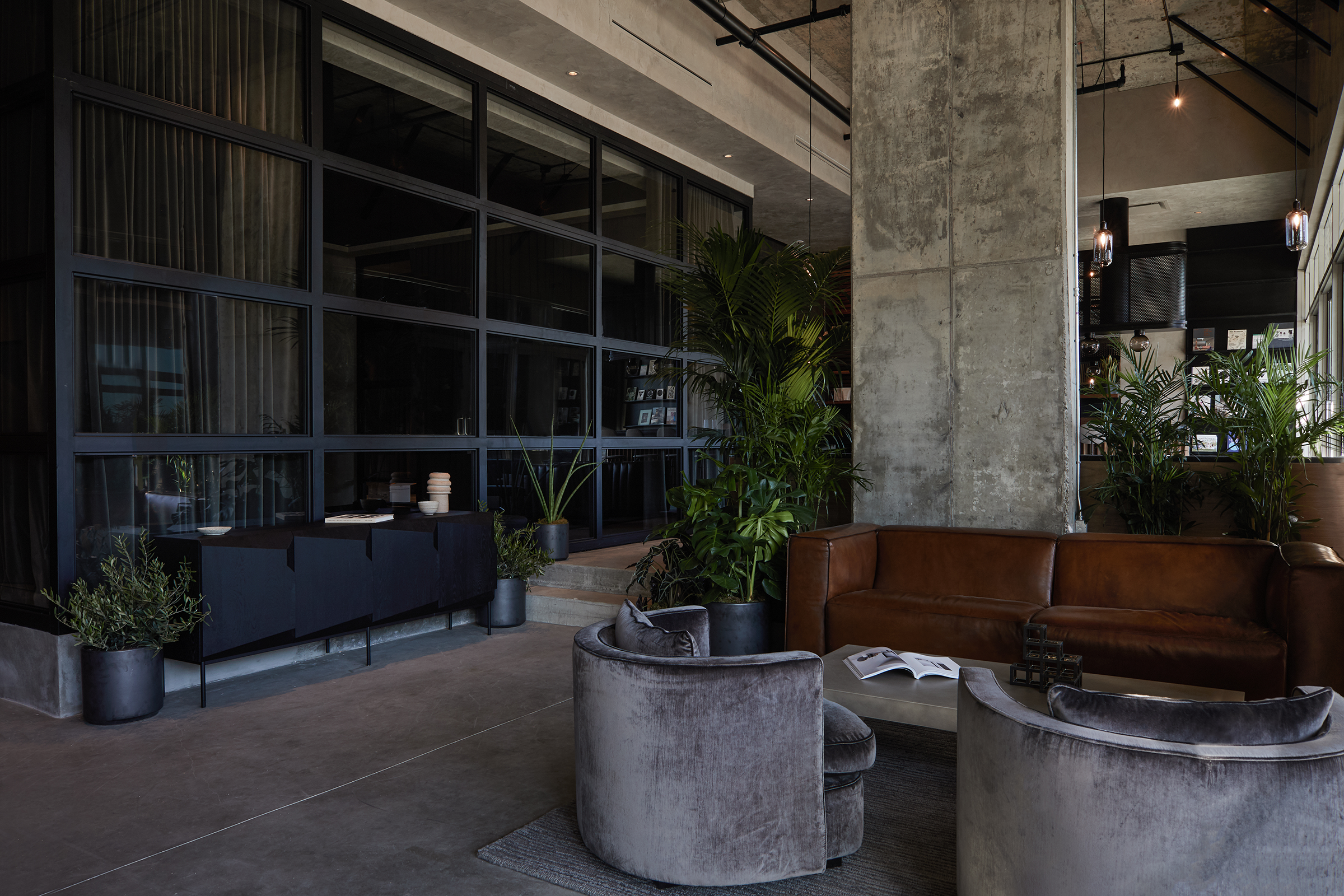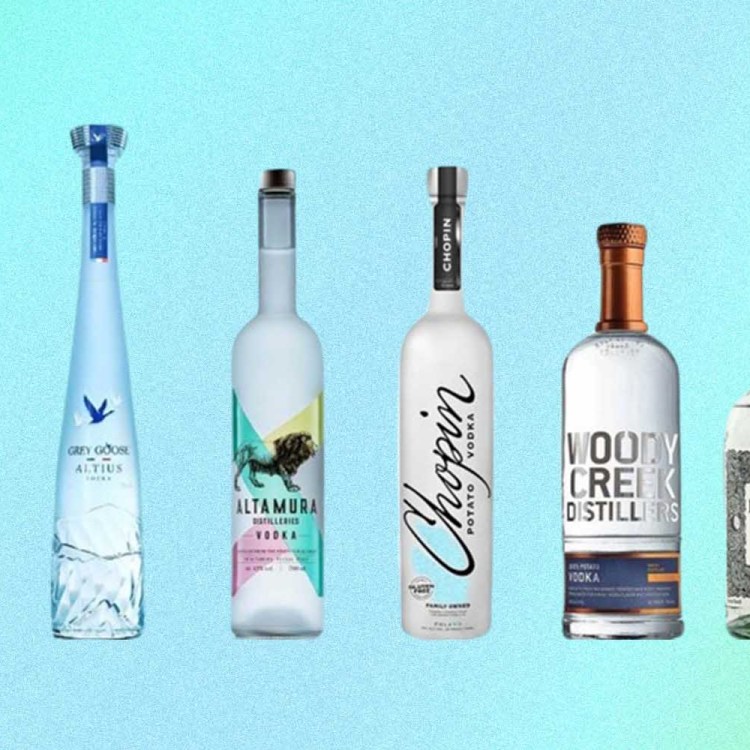How much would you pay for a bottle of spirits? And does your answer change if that spirit contains no alcohol?
It’s a question that arises for anyone tempted to try the more than 100 brands of booze-free distillates that have recently entered the market. Consumers are clearly intrigued by them, but one has to wonder: If the spirits don’t contain alcohol, why do they cost as much (or sometimes more) than their conventional counterparts?
“It’s a totally natural question,” says Seth O’Malley, founding distiller at Wilderton, a non-alcoholic spirits brand produced in Portland, OR. O’Malley previously worked as a distiller of gin and other spirits, and when non-alcoholic spirits began appearing, he says the prices didn’t quite compute for him. “It wasn’t until I was on the other side that I realized it was quite an expensive product to make.”
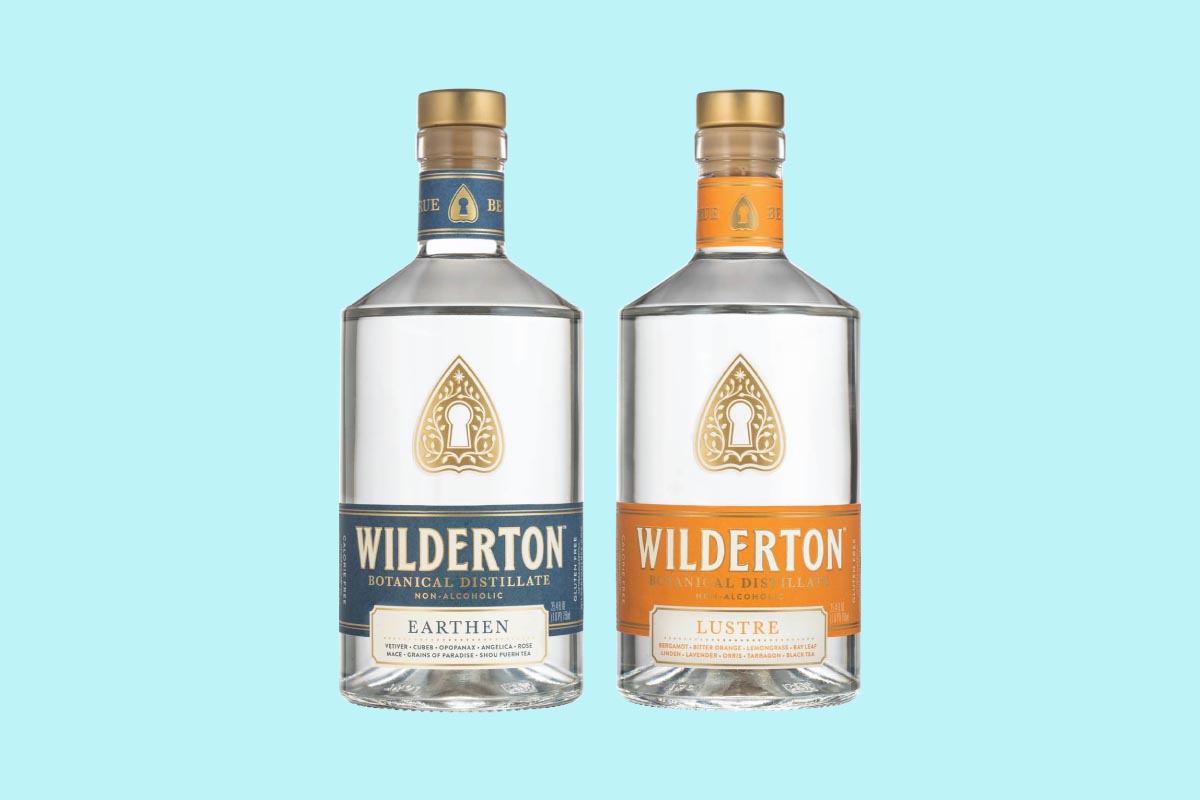
At first glance, non-alcoholic spirits seem like they should be relatively low-cost since they’re comprised of water instead of alcohol. Water-based distillates have a tax advantage, too: alcohol is subjected to state and federal excise taxes that distillers of non-alcoholic spirits don’t have to pay. And liquor is almost always sold through the three-tier system in which distributors take a substantial cut, whereas non-alcoholic spirit producers have the option of selling direct to consumers online.
Nonetheless, non-alcoholic spirits often cost in excess of thirty dollars a bottle. By comparison, one can nab a decent bottle of gin in most states for around twenty bucks. Even for someone enthusiastic about trying alcohol-free options, that disparity can make them a tough sell.
One big reason for the higher price? Even though water is cheaper than alcohol, it’s less effective at carrying flavors. Ethanol is an exceptionally good solvent for capturing aroma compounds. These get released when poured into a glass, sipped or mixed with ice or a cocktail, which is what enables the sensory intensity and complexity of distilled spirits.
Alcohol offers so many advantages for flavor extraction and retention that many, if not most non-alcoholic spirits use it at some point in the process, either as a base of distillation that is later removed or as a tincture added in trace amounts to the nearly finished product. Under U.S. regulations, beverages containing less than .5% alcohol can be labeled as non-alcoholic. By comparison, most basic distilled spirits in the U.S. contain 40% alcohol or higher.
When making a water-based spirit with the strength to stand up in a mixed drink, producers such as Wilderton use a heavier hand with the herbs, roots and spices that contribute flavor. “Compared to making gin, we are looking at four to nine times as much botanicals,” says O’Malley. “In replacing the impact [of alcohol] with some other flavor intensity, I just use egregious amounts of botanicals.” Rather than using a typical pot still, which he says would distort the taste, he also rents time on an advanced spinning cone column vacuum still. This allows him to distill at low temperatures that preserve delicate flavors but adds to the costs of production.
Water distillates are especially difficult when it comes to oils, says Monique ten Kortenaar, master distiller for Lucas Bols in the Netherlands. One of the company’s recent projects was the development of Damrak Virgin, an alcohol-free version of its Damrak gin. “We wanted to have as close of a copy of the original Damrak as we could get,” she says. “The thing is, Damrak is quite a citrus-forward gin. That gave us more challenges because the citrus flavors come mostly from the peels, but those are mainly soluble in alcohol. They won’t dissolve in water.”
Capturing the desired flavors required an intensive distilling process that took more than two years to perfect, including running separate distillations for different botanicals and grinding or smashing them to extract more of their aromatic compounds. In total, getting a batch of Damrak Virgin into bottles takes the distillery about twice as long as it does to produce Damrak gin. All these costs contribute to a slightly higher price: The Virgin bottling of Damrak retails for $24.99 versus $22.99 for the gin.
A less obvious cost of producing non-alcoholic spirits is the care required to keep them clean. High-proof alcohol is essentially self-sanitizing, but water can provide a welcoming home for microbes. “There’s a lot of insidious refrigeration costs,” says O’Malley. “Sanitation is much more extreme for creating and packaging this material than you would ever need to be with an alcoholic spirit.” Though Wilderton gets to avoid some of the taxes and regulations that apply when distilling alcohol, he reports going to “great lengths” to prove to the Department of Agriculture and the Food and Drug Administration that their products and processes are safe.
The need to prevent spoilage creates an additional problem for non-alcoholic spirits. To compensate for the lost sanitizing qualities of alcohol, producers generally lower the pH with additives like citric acid. This preserves water-based distillates but also changes their taste, giving them a perceptibly tarter profile than typical alcoholic spirits. That affects the way people drink them, too.
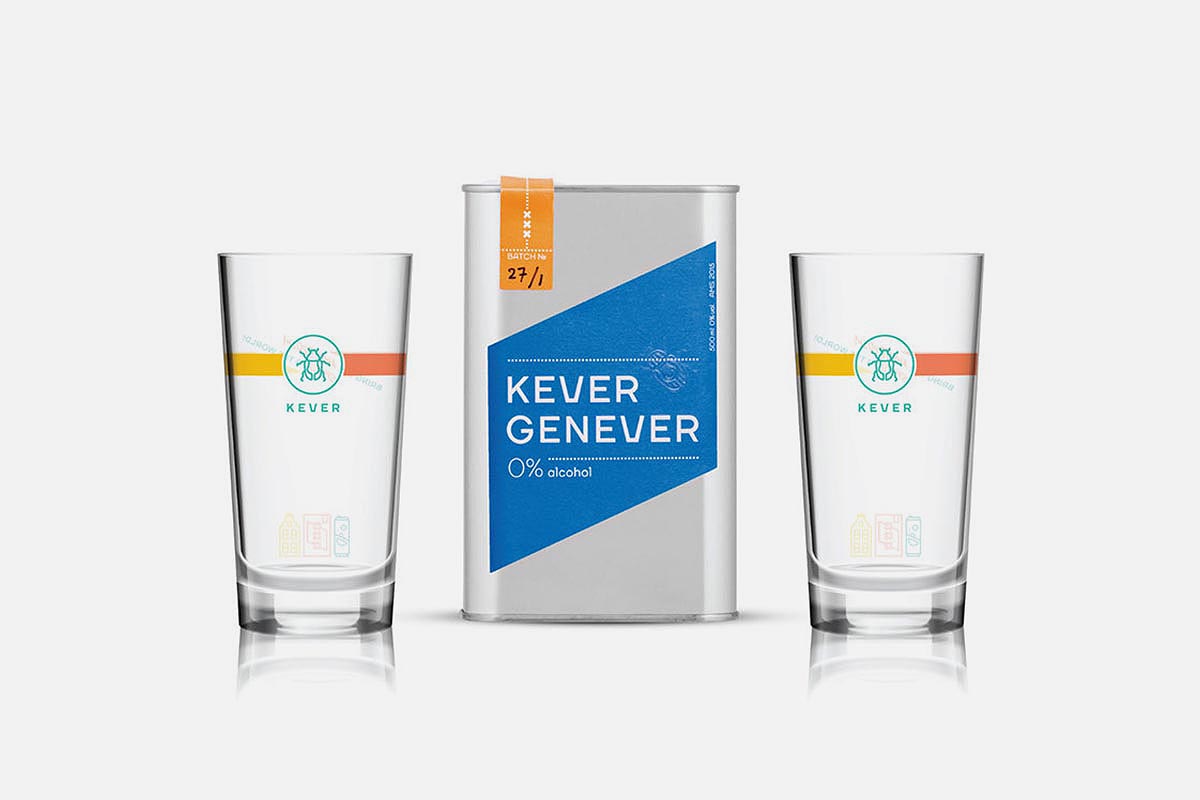
Take Kever Genever 0%, produced in Amsterdam. Genever is traditionally enjoyed neat for its whiskey-like maltiness, but it’s difficult to make that quality translate to a low-pH, alcohol-free spirit. “A non-alcoholic genever is super niche,” says Ruben Wolvekamp of Kever. “When we launched it was quite funny, people would drink it with a non-alcoholic beer.” Ultimately, however, they focused on its potential in mixed drinks, emphasizing spices that stand out when lengthened with sodas and other mixers.
Similarly, Tanya Cohn, global brand manager for Damrak, notes that the Virgin bottling is best enjoyed in a cocktail. “If you look at Amazon reviews of non-alcoholic spirits, the bad reviews come from people sipping it from the bottle,” she says.
But what kind of cocktail should one mix them in? When considering the cost of non-alcoholic spirits, how one plans to consume them is almost as important as the price of the spirits themselves. Long and bubbly drinks – such as a Virgin gin and tonic, which I’m drinking happily as I write this – are an ideal use for botanically-driven non-alcoholic spirits. They require about the same amount of the spirit as one would use in a regular cocktail, making them reasonably cost-effective.
Alcohol-free renditions of such classic drinks are therefore an appealing option for both producers and consumers. “It’s a very good margin product because people want the experience of having a non-alcoholic cocktail,” says Wolvekamp. “If we can create a spirit which comes quite close to that kind of taste, they’re willing to pay for it.”
But what about short, potent cocktails, such as a Martini or Manhattan? These get a bit more challenging. “I see being able to make a good non-alcoholic short drink as one of the goals of non-alcoholic spirits,” says O’Malley of Wilderton.
I find their Lustre expression suits this purpose well. It’s not intended to copy gin, but it shares with that spirit a complex and potent botanical profile. Rather than mixing it with soda or tonic, I’ve taken to simply stirring it with ice, straining it into a chilled coupe glass, and expressing a lemon peel over the surface of the drink. The resulting cocktail is certainly Martini-adjacent in its preparation, appearance and taste.
There is one notable difference, however: Using three ounces of Lustre per drink, each one would cost me more to make than a standard Martini with gin and vermouth, perhaps by a dollar or more. And then there’s the issue of pace: My consumption of Martinis is self-limiting, at least if I want to be productive the next morning, while my intake of non-alcoholic drinks is limited only by my personal restraint. Drinking through a $33 bottle too quickly can add up.
So are new-wave non-alcoholic spirits worth the price? For those who wish to abstain from alcohol, they offer options that obviously add value. For those of us who don’t intend to give it up completely, they offer an opportunity to think about why we drink — is it for the taste? For the mood-altering effects? The honest answer for most of us is probably both. Until recently, there were few good ways to separate the two.
In economic terms, alcohol-free spirits offer a way to unbundle the sensory complexity of spirits and cocktails from the impact of alcohol, allowing us to pick and choose when we desire one or both. Non-alcoholic products will probably never duplicate the stunning particularity of an Islay Scotch or a Jamaican pot still rum, but they can fulfill the desire for drinks that are layered and sophisticated without clouding one’s head.
Many of these new products are also beguilingly complex. As Seth O’Malley told me, “I think we should be carving out novel flavor territories instead of just copying distilled spirit categories.” Viewed not as a lesser alternative to alcoholic spirits but rather as labor- and ingredient-intensive worthy of respect in themselves, they can be fairly weighed against their price. And for those of us who continue to enjoy alcohol, they can prove a valued addition to one’s home bar, offering the option to enjoy a satisfyingly refined alcohol-free drink or to imbibe with more intention.
Join America's Fastest Growing Spirits Newsletter THE SPILL. Unlock all the reviews, recipes and revelry — and get 15% off award-winning La Tierra de Acre Mezcal.
